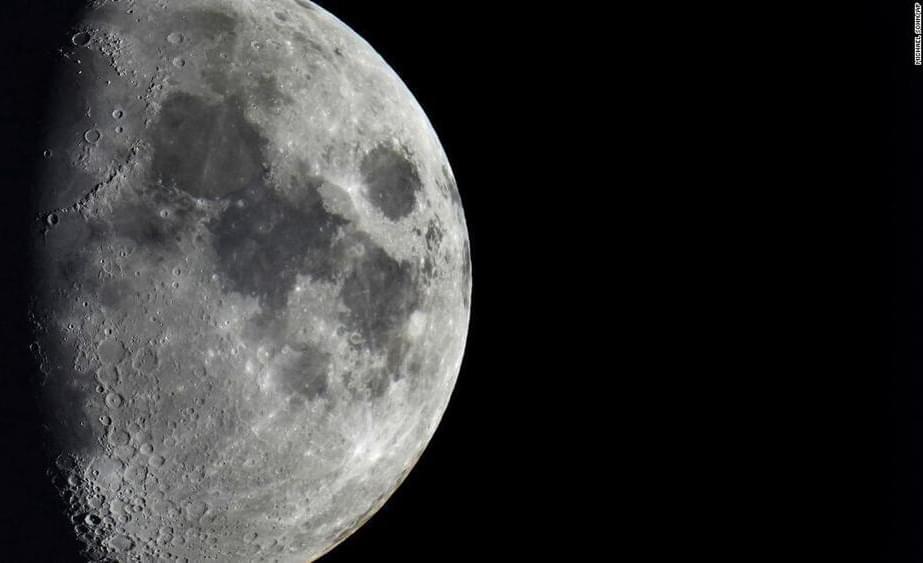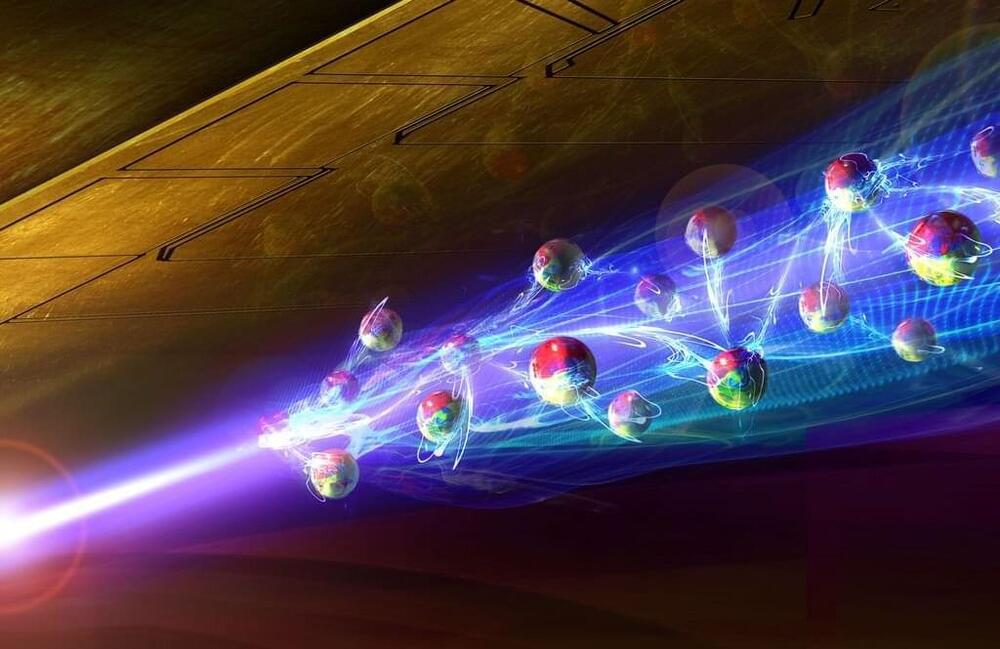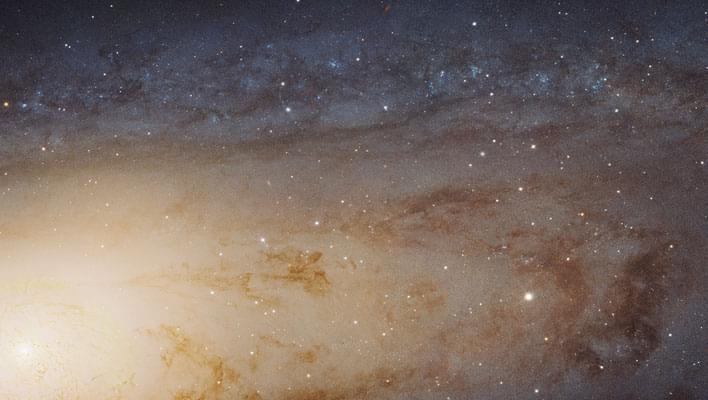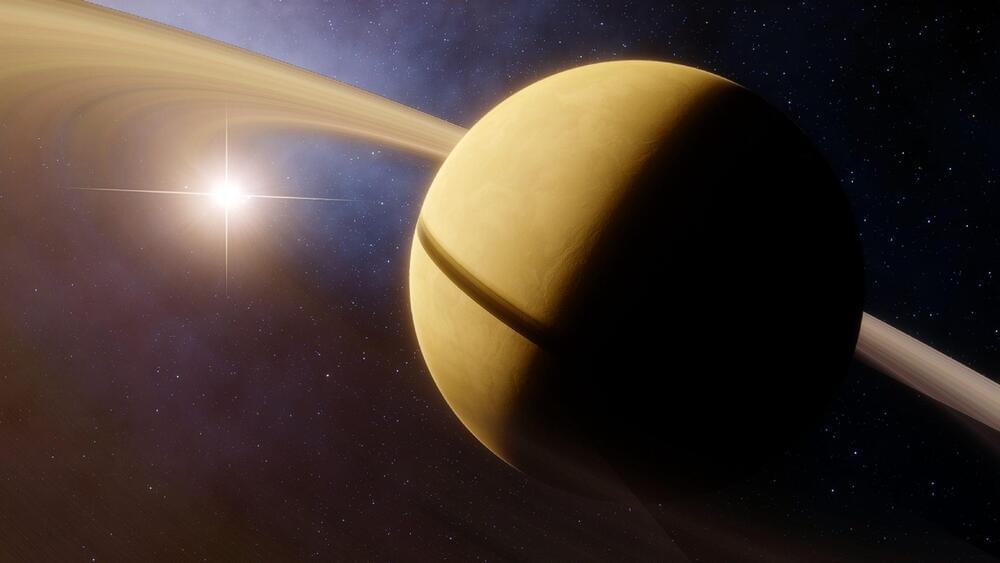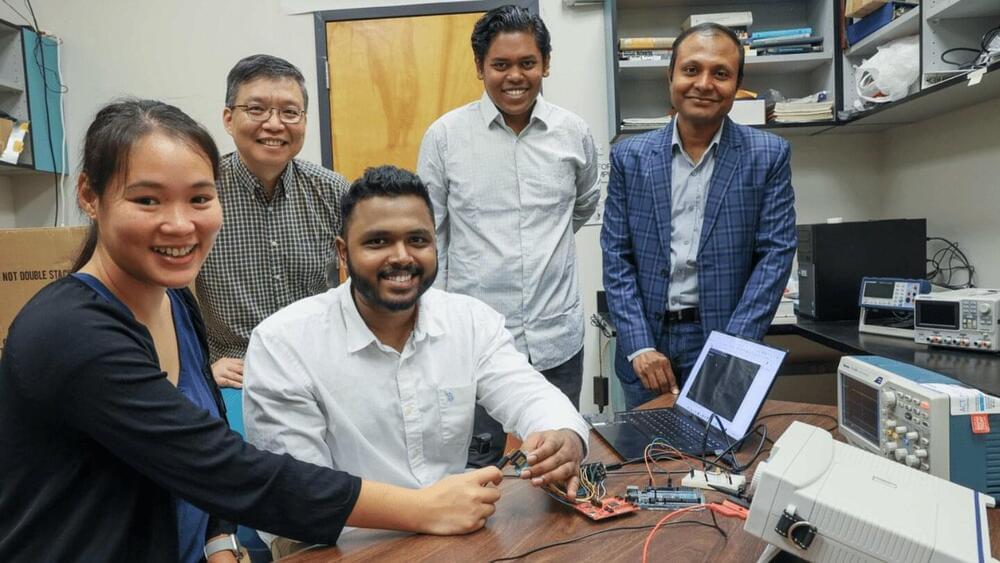Aug 3, 2022
Parts of the moon may provide stable temperatures for humans, researchers find
Posted by Dan Kummer in categories: computing, space
Unlike the moon’s surface, which heats up to 260 degrees Fahrenheit (127 degrees Celsius) during the day and drops to minus 280 degrees Fahrenheit (minus 173 degrees Celsius) at night, these lunar pits in the Mare Tranquillitatis region have a human-friendly, stable temperature.
(Mare Tranquillitatis, commonly known as the Sea of Tranquility, is where Apollo 11, the first mission to put humans on the moon, landed due to its smooth and relatively flat terrain.)
The data comes from an analysis of images taken by NASA’s Lunar Reconnaissance Orbiter spacecraft and computer modeling.
